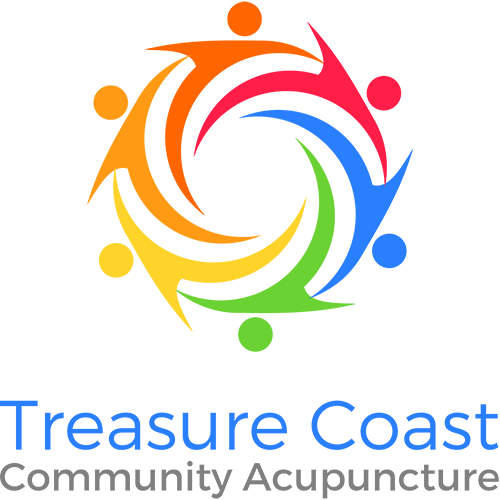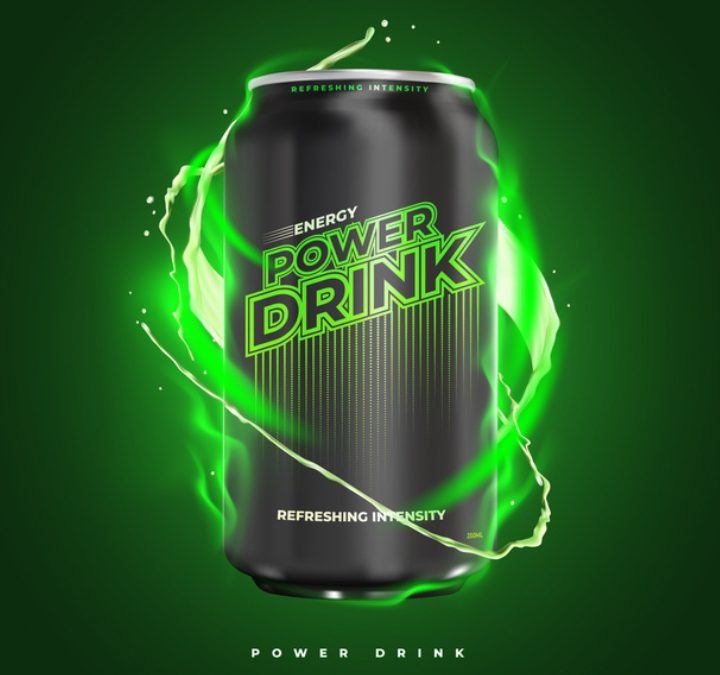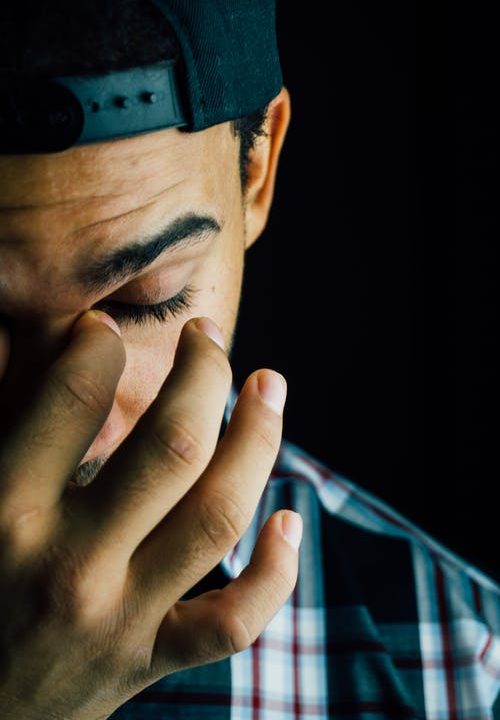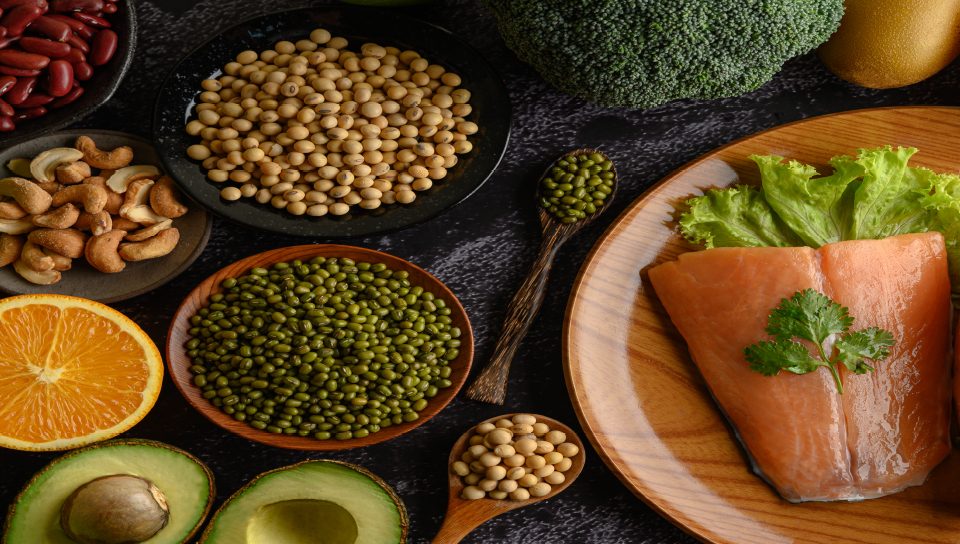Caffeine has been shown in research to improve mental and physical performance.
In 1958 Caffeine was placed on the FDA’s (Food and Drug Administration’s) generally recognized as safe (GRAS) list.
A recent review of caffeine’s GRAS status concluded that daily moderate doses of up to 400/mg of caffeine was safe.
Emergency room visits related to caffeine-based energy drinks has doubled in the past 5 years
Methylxanthines in caffeine bind the enzyme systems used to break down female hormones.
The rise of the caffeine-based beverage market has been increasing in velocity since the mid 1980’s. Back then this author was working for a fortune 500 company sitting in a Seattle skyscraper in an office. Workplace boredom resulted in the traditional morning and mid-morning coffee break which provided little styrofoam cups of bitter brew plus cream and/or sugar. Soon young enterprising individuals hoping to find their place in a stifled post-Carter economy started bringing european coffee habits to the general workplace market and the Nordstrom’s Coffee cart was born. Soon there were long lines waiting for something different than the little styrofoam cup of coffee. When I went to New York City you still got the little styrofoam cup of coffee on Church Street. Sure, somewhere in the big apple you could get a latte or expresso, but in Seattle the young kids were doing something different. You could get a Mocha or a latte with something sprinkled on it. I noticed that excited high school kids started making their way into the Seattle coffee cart lines. Then coffee houses opening up in Seattle so people could come inside from the elements and socialize while drinking coffee and eating fancy gargantuan versions of european pastries. Shortly after Starbucks opened in Seattle and the whole coffee house movement went corporate and fast food like. Repeatable high quality that was served quickly and with consistent new product innovation.
So what does all this have to do with energy drinks and safety? Plenty, remember when I mentioned that high school kids started making their way into the coffee lines? Back then we would mildly grumble about how the caffeine in coffee was not good for adolescents but then we found out from the government that coffee was safe. The process of obtaining the coffee was time consuming and labor intensive and considered a barrier to ensure safe consumption of caffeine, but corporations and innovators typically look at such obstacles as opportunity. Make the product more available, change the taste and make it easier to use as a way to gain market share. Add to that marketing whose job it is to show the general public that a product has value and you end up with a product that everyone wants, uses and can get easily. Premium brewed coffee soon became available in every convenience store. Adolescents had open access to coffee it was marketed on ice and cold in the bottle. Sometime in 1985 Jolt Cola was introduced to the market and was the first modern energy drink. Their slogan was “All the sugar and twice the caffeine”. After that came a steady introduction of energy drinks with the industry maturing by 2001. Subsequent years have seen the energy drink segment grow as much as 50%.
NOTE-Second beginning starts here or it can be used with the 1st beginning above. If using this add the sentence-” There has been a lot of controversy in the media lately over the safety of energy drinks. While some of the claims are true others simply are not. Let’s look in depth at the energy shot controversy.”
Energy drinks and shots were initially popular with the working class adults such as truck drivers. They found that they could consume the energy drink and stay awake longer while thinking and performing their tasks better. This was backed up by research that has consistently found that caffeine consumption increases mental and physical performance. Soon afterwards the college student population started using the energy drinks and then office workers followed by the general population which includes young adults and children as the energy sector started grabbing shelf space in the major retail markets. Most of these populations were utilizing the energy drinks to increase personal productivity. The younger adolescent population quickly started using energy drinks for different reasons. While some used them to increase production related to sports, academic work or job-related activities the main reasons the majority of young people use energy drinks is that they are looking for ways to define themselves as being as adults without consideration of the risks inherent in their decisions. The drinks are marketed to youth in a way that makes them think these drinks will give them the kind of personal image they desire which is the very same reason they started drinking coffee in the 1980’s.
What we learn or are supposed to learn as adults is the zen-like concepts of moderation and balance. Young people have no concept of this as they are just getting to know the power of their bodies and how to use or abuse it.
So what are energy drinks and what is in them?
All energy drinks are based on a simple formula of caffeine and b-vitamins. Why is there B-vitamins with caffeine in energy drinks? The reason is simple, when you consume caffeine it utilizes large amounts of b-vitamins which can drive the body’s metabolism to over ride fatigue mechanisms and provide more energy. Years ago people tried to use b-vitamins alone to get energy, but the effect was not as noticeable as b-vitamins with caffeine. The consumption of caffeine actually causes the b-complex vitamins to be flushed from the body through the kidneys faster which is not good for adults or young adults. One way to compensate for b-complex vitamin loss is to take vitamin supplements away from the caffeine consumption time frame, but compliance will always be a problem here.
Caffeine consumption actually leads to an increase in stomach acid which improves vitamin b-12 metabolism so here is one instance where caffeine exerts a positive influence on the body.
Besides b-vitamins another nutrient that is rapidly cleared through the kidneys faster because of caffeine intake is calcium, but research has been mixed on exactly if and how caffeine affects bone metabolism. In fact, the last research review on caffeine and calcium was in 2002 and they concluded that there was no evidence that caffeine has any harmful effect on bone status or on the calcium economy in individuals who ingest the currently recommended daily allowances of calcium.
Iron metabolism is not affected in the body by caffeine metabolism contrary to urban legend on the web. It is the polyphenols and tannins that accompany caffeine in coffee or tea that render iron in the diet unabsorbable.
The same goes for zinc. The polyphenols in coffee or tea are the real culprits here, not the actual caffeine so here are 2-3 nutrients that have been used on the internet to villianize energy drinks, but in reality energy drinks are safer than coffee or tea who are both thought of as safe beverages not in need of additional regulation at this moment.
Caffeine is in the xanthine group which are purines that stimulate the nervous central nervous system. By doing so they act on the kidneys which results in diuresis. Xanthines also stimulate cardiac muscle and relax smooth muscle which most likely accounts for the palpitations, increased heartbeat and anxiety that people who drink heavy amounts of caffeine experience. The list of symptoms from drinking too much caffeine are listed below from the first ones experienced to the later more severe ones:
- Jitters
- Restlessness
- Nervousness
- Increased heartbeat
- Nausea
- Anxiety
- Heart palpitations
- Cardiac arrhythmias
- Insomnia
- Sweating
- Dizziness
- Vomiting
- Cardiac arrest




